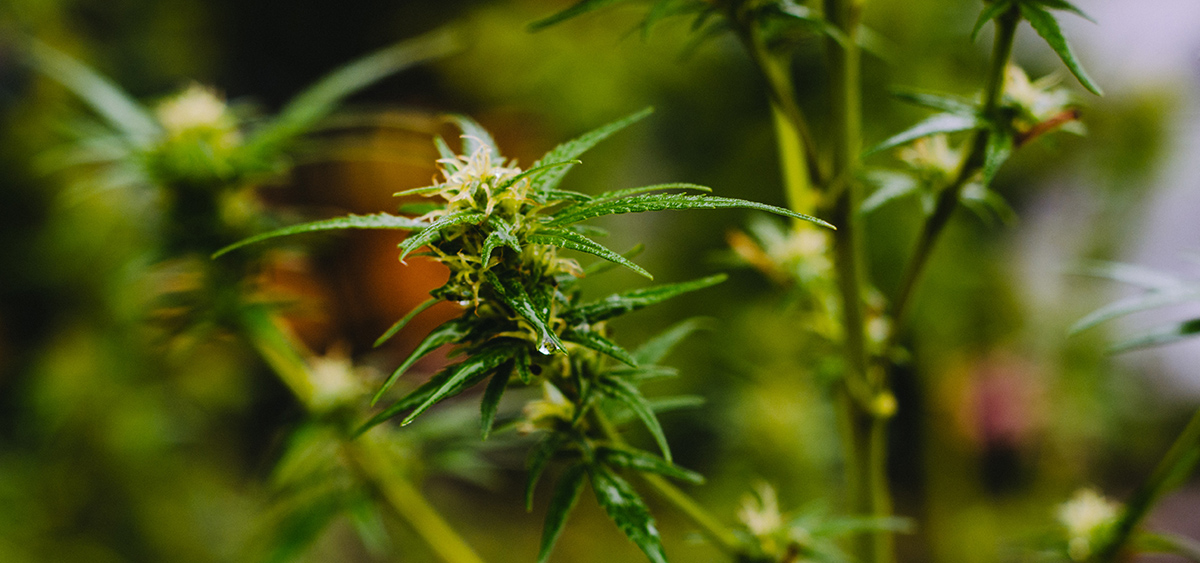The National Center for Complementary and Integrative Health (NCCIH), a section of the National Institute of Health, has issued nine research grants to study the “potential pain-relieving properties and mechanisms of actions of the diverse phytochemicals in cannabis, including both minor cannabinoids and terpenes.” Totaling three million dollars, the awards include an impressive list of institutions and research topics.
The grant recipients and subsequent studies include:
- Boston Children’s Hospital — Mechanism and Optimization of CBD-Mediated Analgesic Effects
- University of California, San Francisco — Neuroimmune Mechanisms of Minor Cannabinoids in Inflammatory and Neuropathic Pain
- Research Triangle Institute, Research Triangle Park, North Carolina — Minor Cannabinoids and Terpenes: Preclinical Evaluation as Analgesics
- New York University School of Medicine — Identifying the Mechanisms of Action for CBD on Chronic Arthritis Pain
- University of Texas, Austin — Synthetic Biology for the Chemogenetic Manipulation of Pain Pathways
- University of Utah, Salt Lake City — Exploring the Mechanisms Underlying the Analgesic Effect of Cannabidiol Using Proton Magnetic Resonance Spectroscopy
- Emory University, Atlanta — Mechanistic Studies of Analgesic Effects of Terpene Enriched Extracts from Hops
- University of Illinois at Urbana-Champaign — Systematic Investigation of Rare Cannabinoids With Pain Receptors
- Temple University, Philadelphia — Analgesic Efficacy of Single and Combined Minor Cannabinoids and Terpenes
Minor cannabinoids and certain terpenes found in the cannabis plant may have analgesic properties but there has been little research on these substances to understand their effects and underlying mechanisms. The cannabis plant contains more than 110 cannabinoids and 120 terpenes, but the only compound that’s been studied extensively is THC.
According to David Shurtleff, Ph.D. and deputy director of the NCCIH, “There’s an urgent need for more effective and safer options.”
“THC may help relieve pain, but its value as an analgesic is limited by its psychoactive effects and abuse potential. These new projects will investigate substances from cannabis that don’t have THC’s disadvantages, looking at their basic biological activity and their potential mechanisms of action as pain relievers.” — Shurtleff, in a press release
Medical Disclaimer:
The information provided in these blog posts is intended for general informational and educational purposes only. It is not a substitute for professional medical advice, diagnosis, or treatment. Always seek the advice of your physician or other qualified healthcare provider with any questions you may have regarding a medical condition. The use of any information provided in these blog posts is solely at your own risk. The authors and the website do not recommend or endorse any specific products, treatments, or procedures mentioned. Reliance on any information in these blog posts is solely at your own discretion.






